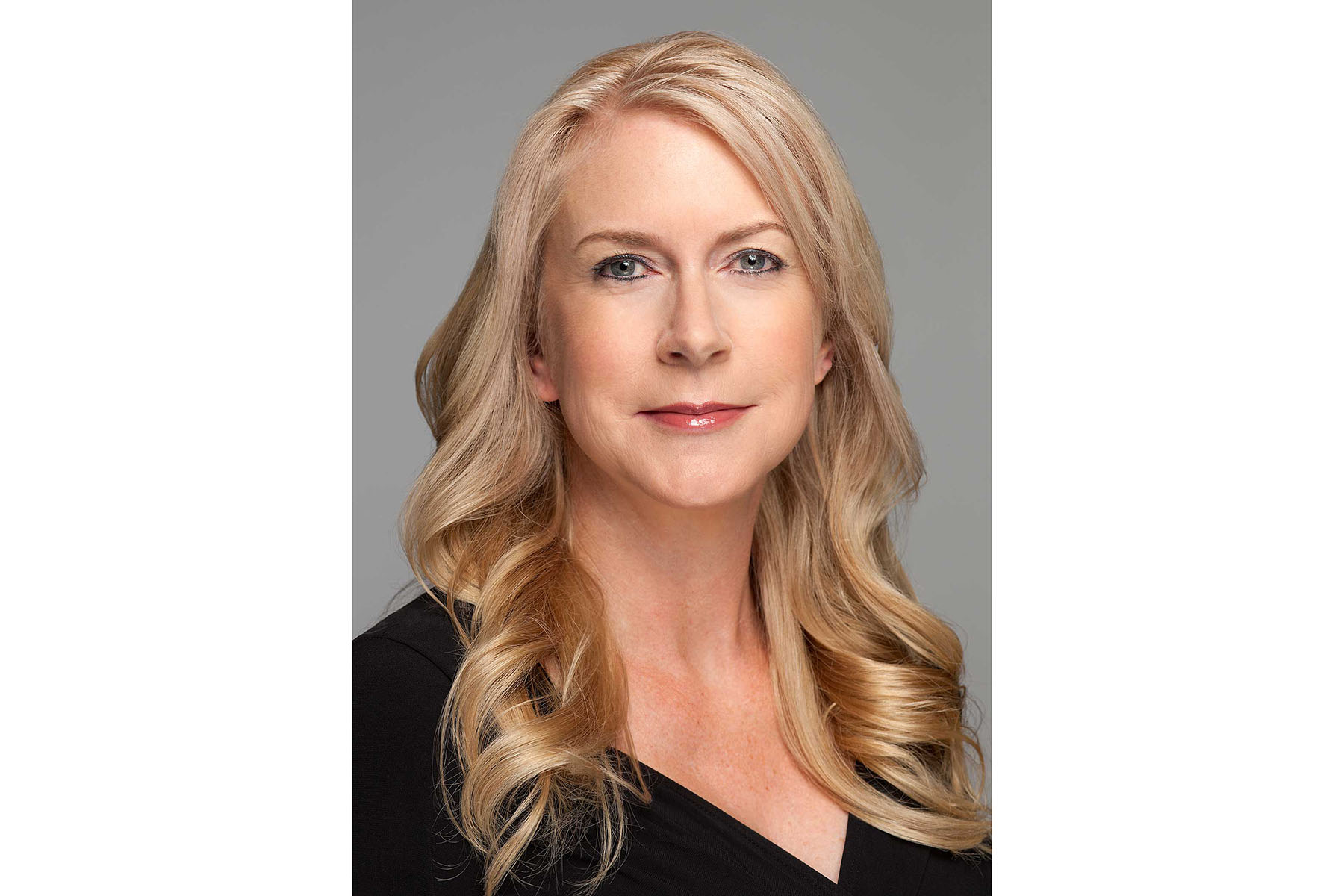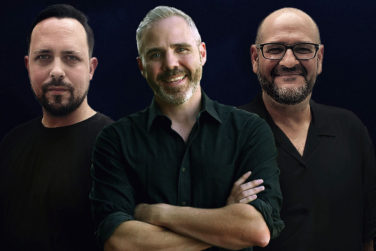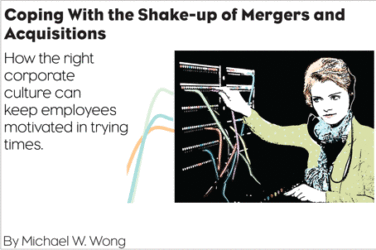In June, Organon had its official coming out party. The executive leadership team celebrated its spinoff from Merck and launch as a global women’s health company by ringing the opening bell at the New York Stock Exchange (NYSE). Now its own company with approximately 9,000 employees worldwide, the company leaves Merck with three pillars: Women’s Health, Biosimilars, and Established Brands—in total providing Organon with a starting portfolio of more than 60 medicines and products that serve people in more than 140 markets.
But the company’s main focus will be addressing the challenges in women’s health and creating a better and healthier every day for women around world. To learn more about how the company intends to tackle that goal, PM360 spoke with Sandy Milligan, MD, JD, Organon’s Head of Research and Development.
PM360: How will Organon work to redefine women’s health compared to what was done under Merck?
Dr. Sandy Milligan: The real difference is we are going to prioritize our new investments in women’s health. So instead of competing for other therapeutic area dollars, which occurs in any pharma company when you have multiple therapeutic areas, our primary focus is investing in women’s health.
What is your R&D strategy? Are you looking to prioritize any specific areas?
We’re taking a modality-neutral approach to the different diseases that either directly affect women based on their hormones or diseases that disproportionately affect women. By putting women in the center of the pipeline, we can then look out on the horizon for any specific disease, unmet medical need, or area of well-being that needs attention.
Let’s take endometriosis as an example. Generally, women will experience multiple visits with different physicians before they have a definitive diagnosis, and sometimes they can go through instrumentation or even surgical procedures to even get that diagnosis. So it would be fabulous if we could either discover and develop or search and bring in a diagnostic that could help.
It could be a digital device or some sort of wraparound service. But it’s important to look at how women monitor progression on the disease and how we can improve upon that. Then, after that, comes the therapeutic. Looking at the therapeutics available for endometriosis right now, there are hormonal treatments and a couple of companies are also looking at non-hormonal treatments. But ideally, what you want is a therapeutic that not just treats symptoms but also can delay disease progression. So we would be looking at the total modality of the disease and the different ways we can help.
So you will not then just be limited to therapeutics?
Yes, and an example of that is our recent acquisition of Alydia Health, which has this great device for postpartum hemorrhage called the Jada System. I think that really underscores our desire and capabilities to get into other areas besides therapeutics. It will depend on the overall landscape and the various partnership opportunities available with academic centers, technology companies, early biotechs, or later-stage products that may be developed by mid-sized pharma companies and others.
How will acquisitions play into the development strategy compared to internal development?
We do not yet have internal discovery capability, so early on in our trajectory we will be a search and development company. But what I do have is staff with exemplary pharmaceutical experience, particularly in the areas of clinical development, medical affairs, and regulatory affairs, so we can bring in assets at a very early stage, either Phase I or Phase II, and won’t be limited to products that are ready to go to file or market.
We’re also open to holding the asset in different ways, whether it be an investment, collaboration, partnership, licensing, or acquisition. Twenty years ago, companies behaved a little differently as there were more general acquisitions or straight licensing. But now you see a lot of different forms that are achieving great results.
Is there eventually a goal to get to that point of internal R&D?
It is a goal. A lot of variables go into that, but you could imagine further down the line that we maybe acquire those capabilities and facilities and then they become part of our R&D organization.
Along with women’s health, Organon is also spinning off from Merck with areas focused on biosimilars and established brands. How will those areas play into the company’s R&D strategy?
I like to think of women’s health as the rocket ship for the company, and biosimilars and established brands are like rocket ship fuel boosters. We do think that there’s opportunities in biosimilars. There’s a number of really important bio-originator assets around ophthalmology, immunology, and rare diseases that will approach their patent expiry over the next decade. So lining ourselves up with biosimilar developers and being a strategic registration and commercialization arm for them is part of our projected growth.
When the company launched at the NYSE, it had the “Wall of Voices,” a multimedia installation with all these women speaking about issues they’ve had. How will the company continue to incorporate the voice of women into the R&D process?
Collecting these voices will help bring to the table a ranking of importance, whether it’s symptomatology or diseases, that are most important to women. It should also bring in societal and cultural differences among diseases or phases of life that women are experiencing—a perspective that is really important. For example, with contraception there is a lot of variations that occur societally and culturally around the world as women approach family planning. By bringing those voices in we can better prioritize and understand the needs of women. Women everywhere are invited to add their voice to the digital “Wall of Voices” at HereForHerHealth.com.
What are you personally most excited about as this company gets started?
I look at the area of contraception where there has been so much innovation. Women today have choices of pills, rods, rings, IUDs, long-acting, short-acting—they have so many options to manage their family planning. But comparing that to other disease states and phases of life, the lack of optionality is like a vast deserted wasteland. What happened? Where’s all that innovation? Where’s the investment? That is what excites me more than anything else. The potential for Organon to bring the same kind of innovation to other areas and diseases that companies before us brought to contraception and family planning. If we actually get this right, we can have an impact on women for generations to come and that, to me, is incredible.








